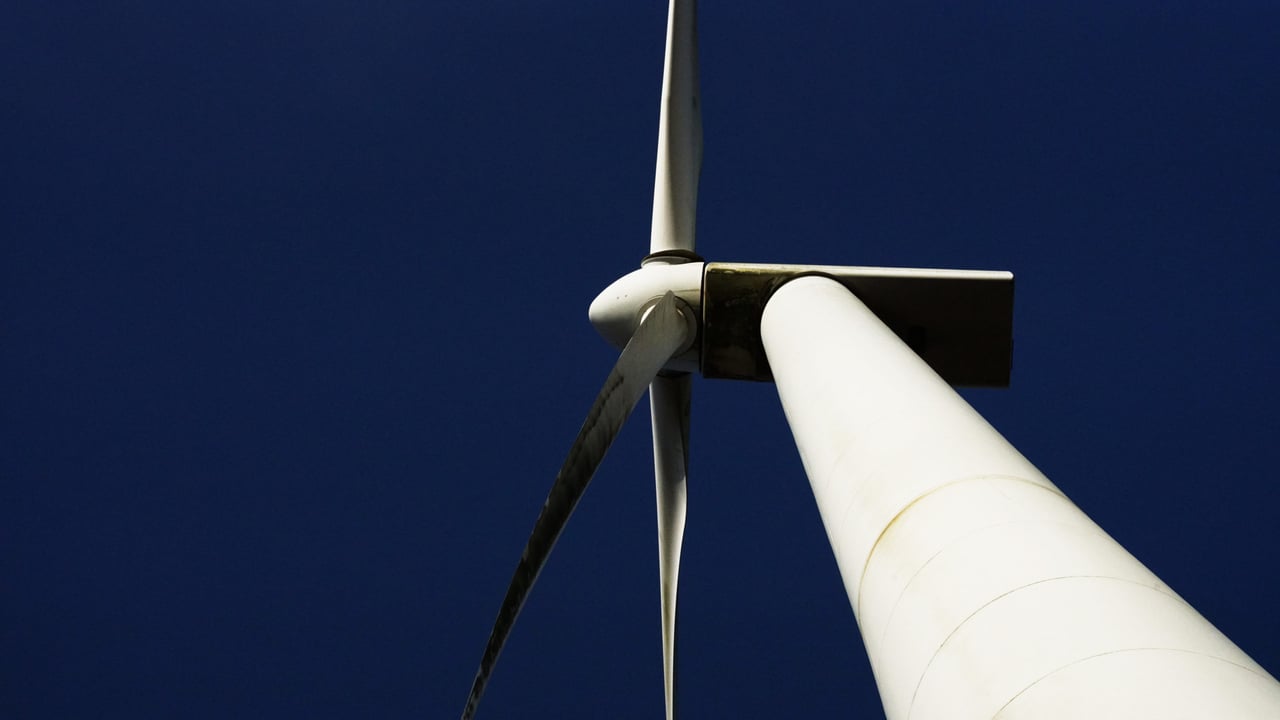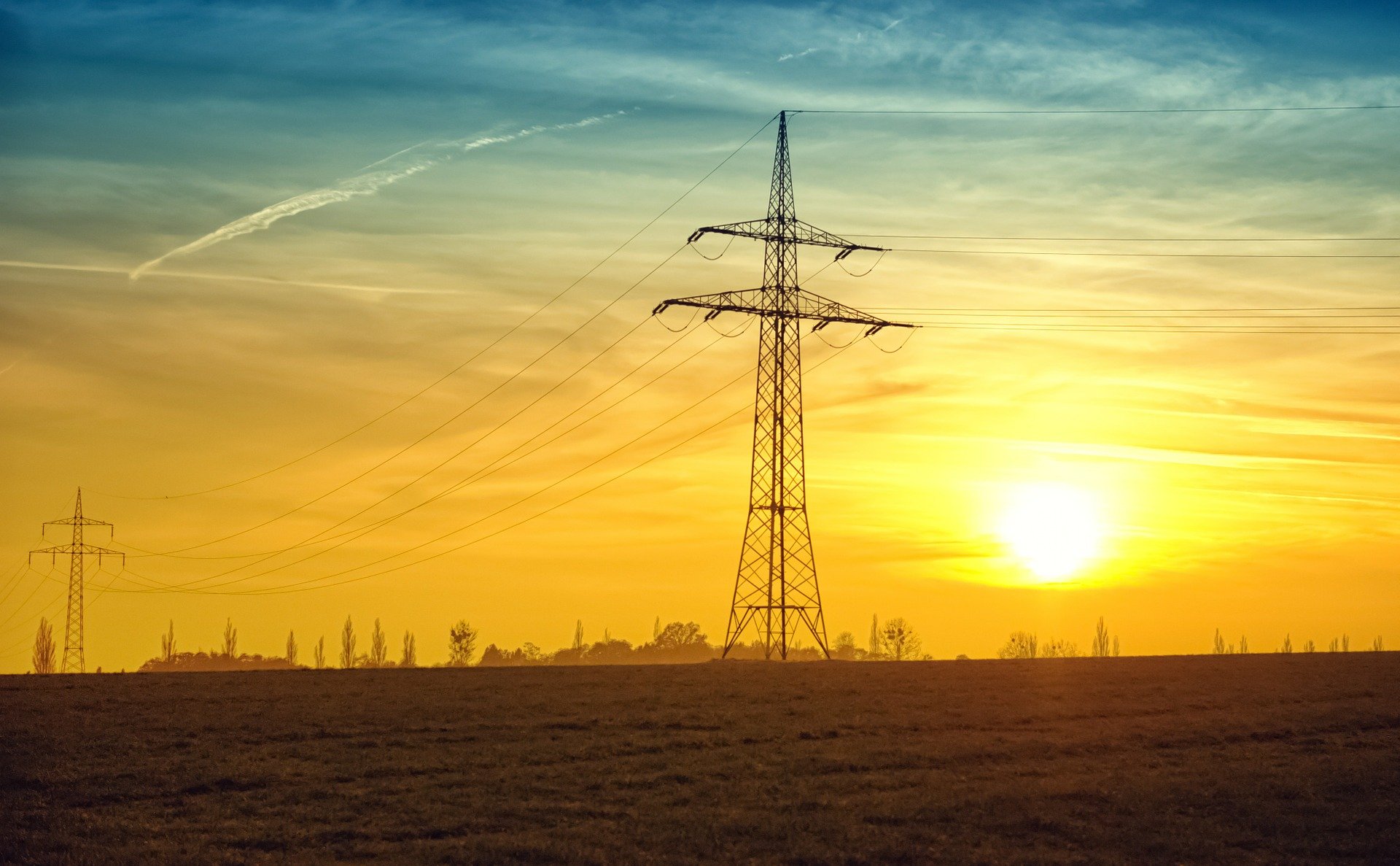Report: Major interventions needed to cut Irish energy emissions
Significant changes are needed to current government policies to increase carbon emissions reductions from the energy sector, a new report has stated.
The Wind Energy Ireland study, produced by energy consultants Baringa and TNEI, shows how power sector emissions could be kept to 66 million tonnes of carbon dixoide (CO2) between 2021 and 2030.
The report outlines that this represents the minimum achievable for the sector under government current policies. It adds that major and fast interventions are required to move below this figure.
This includes phasing out the use of carbon-intensive fuels, such as coal and peat, and an acceleration of renewables and technologies above and beyond existing policy.
The report highlights three areas which government should prioritise ahead of the setting of carbon budgets for each sector of the economy:
Commenting on the publication of the report today (Tuesday, July 5), Noel Cunniffe, CEO of Wind Energy Ireland, said:
“Hitting our 2030 targets, cutting our carbon emissions by 51%, is still just about possible but we are not moving fast enough.
“The full resources of the State must be brought to bear if the electricity sector is to deliver these savings," Cunniffe added.
“It has never been more urgent to act. Russia’s brutal invasion of Ukraine means spiralling gas and electricity prices across the continent.
"This creates real hardship for families who will struggle to pay bills that, ultimately, end up funding Russia’s war.
“Our electricity grid is not fit for purpose. It was designed for a 20th century fossil-fuel based economy.
“We need to build critically needed new infrastructure like the North-South Interconnector and we must invest in EirGrid and ESB Networks to ensure that the system can, when the wind and solar is available, operate with 100% renewables.
“Every part of EirGrid’s strategy must be delivered. Anyone opposing it is – consciously or otherwise – undermining our country’s energy security and our economic future.
"We need more power lines and underground cables to get power from the wind farms and solar farms which will generate it to the homes, farms and businesses that will need it," Cunniffe concluded.






